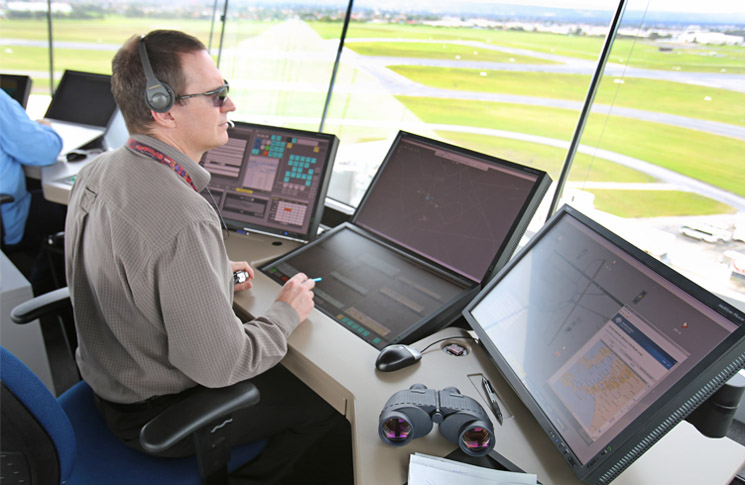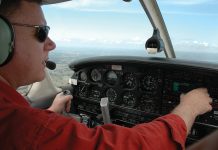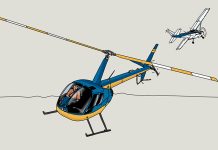One of the most common errors made by pilots relates to incorrect radio calls and readbacks. Most standard radio transmissions and readbacks are in a format that enables both the pilot and the air traffic controller (ATC) to relay required information efficiently and effectively. The use of non-standard radio calls or readbacks affects the ability of ATC to understand your intentions and confirm that you have understood your clearance. If your readback is incorrect or incomplete, ATC will need to confirm your understanding, leading to additional conversation, complexity, workload and frequency congestion, which may impact other aircraft or increase the chances of incorrect information being passed or received.
AIP details pilot radio call and readback requirements. However, generally speaking, the following components of an ATC transmission will require readback:
- route clearance
- holding instructions
- any route and holding point specified in a taxi clearance
- any clearances, conditional clearances or instructions
- approach clearances
- assigned runway
- altimeter settings
- SSR codes
- level instructions.
A frequently encountered example is with an initial taxi request where the pilot correctly requests a taxi clearance and includes all of the required elements (callsign, aircraft type, POB, ATIS and intentions) but forgets to tell ATC one vital piece of information—where the aircraft currently is.
The pilot then needs to correctly read back specific elements of their taxi clearance. Two commonly missed components are the specific runway and the words ‘holding point’. The following example is of a common radio conversation between ATC and a pilot:
ATC: ‘XXX taxi to holding point alpha eight, runway two niner right’
Pilot: ‘taxi alpha eight runway right, XXX’
ATC: ‘XXX confirming, taxi to holding point alpha eight, runway two niner right’
Pilot: ‘taxi alpha eight, runway two nine right, XXX’
ATC: ‘XXX, holding point alpha eight’
Pilot: ‘holding point alpha eight’
Although the pilot might understand the intention of the clearance and believes the readback given is sufficient, if it is not in accordance with AIP, or the controller has any doubt, you may hear a transmission from ATC such as:
ATC: ‘XXX, I need you to repeat after me, holding point alpha eight, runway two niner right’
In this scenario, the route clearance is to a specific location (holding point alpha eight, runway two niner right) and must be read back. The requirement for ATC to challenge the pilot’s readback leads to added workload for both the pilot and the controller, increases radio congestion and may distract the pilot and controller from other tasks.
Another common error, which has led to runway incursions, is a pilot believing that receipt of either an airways clearance or taxi clearance includes an implied clearance to enter a runway and, in some instances take-off. This is not the case. A specific clearance is required from ATC to enter, cross, taxi along, backtrack, line up on, or take-off on any runway.
All information on readback requirements are found in AIP GEN 3.4, 4.4.
For more information on working with ATC, view the Pilot and Airside Safety page on the Airservices website at www.airservicesaustralia.com






Comments are closed.